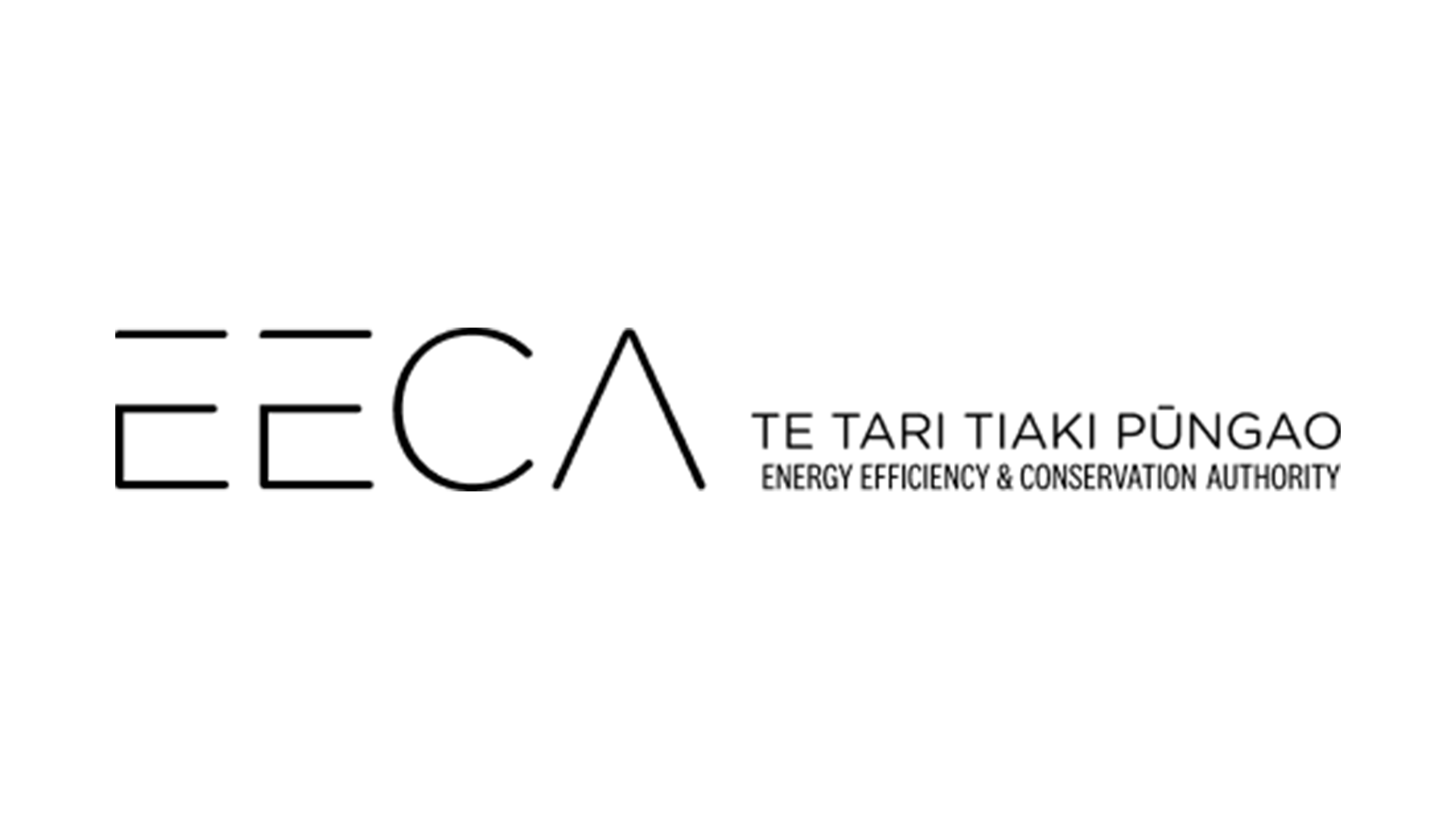A warm home is vital in cold Otago winters, and burning wood or coal has been one of the cheapest ways to keep out the chill. Unfortunately, the types of fuel and wood burners people use have a huge influence on air quality.
Research shows that two issues cause most of the air pollution in winter:
-
-
Inefficient burners:
-
-
-
- Older burners, multi-fuel burners and open fires are the most polluting.
- Worse, they can also be inefficient at keeping your home warm.
-
-
-
The way people use their burners (even efficient ultra-low emission burners) incorrectly:
- Things like using wet wood, overloading the burner, or dampening it down overnight cause incomplete combustion, and excessive smoke.
- Burning household waste can release toxins into the air.
-
Ultra-low emission burners (ULEBs) have been around for a while now and are the most efficient for heating, and produce the lowest emissions when operated correctly
When good burning practices are used, a burner should only produce a small amount of smoke upon start-up and then burn more cleanly, with little visible smoke.
We all breathe what we burn, so here are some Burn Dry, Breathe Easy tips that will ensure you get more heat from your firewood, and help reduce air pollution in your town.
Switching to a higher performing heating appliance can also greatly improve the air quality (like those in our recommended heating appliance list).
- Always make sure the wood you are burning is dry. It’s better for you, your home and the environment.
- Stack your firewood off the ground, out of the rain and with plenty of airflow so it dries faster.
- Purchase your firewood before Christmas to allow it dry out before the following winter.
- Use a wood moisture meter to check if your firewood is dry enough to burn. Less than 25% moisture means more heat and reduced smoke.
- A well-built fire of scrunched up paper, kindling, and firewood with plenty of airflow ensures a well-heated home and less smoke.
- Don’t burn wet or green firewood, treated wood or household rubbish as they can release harmful toxins into the air.
- To reduce smoke overnight, make sure you can still see flames when you turn your fire down.
Below you’ll find additional information, building on tips above.

A hot fire built with dry wood produces very little smoke. If you see dirty smoke coming from your chimney, it’s a sign your fire doesn’t have enough oxygen or you’re burning something toxic. Both release pollutants into the air.
Burning dry wood gives you more heat from each log, warming your home faster. Your fire will also burn hotter, meaning less pollution.
Have your flue swept once a year to improve air flow and help to prevent a chimney fire.
- Look
- Dry wood is dull in colour.
- Feel
- Dry wood has a low moisture content, so it is much lighter than wet or freshly cut wood.
- Listen
- When you knock two larger pieces together, they should sound hollow or produce a lighter “KLACK”ing sound. If the wood is too damp, it will sound like a dull “THUNK”.
- Take out the guess work
- Use a wood moisture meter to check that your firewood has less than 25% moisture. Split a log, then take three readings from the split surface. While you could insert the pins on the meter into one end of a log, generally the ends of logs are drier than the inside. The display will show a moisture percentage. You can get wood moisture meters at most hardware stores.


Burning these kinds of materials can release harmful toxins into the air.
- Treated wood
- Off cuts from building sites (avoid treated wood, wood with nails, glue or other contaminants)
- Old decking
- Rubbish
- Green waste
- Plastic
- Clothes
- Electronics
- Disposable nappies
April 2009
PDF | 354 KB
April 2009
PDF | 287 KB
April 2009
PDF | 280 KB
April 2009
PDF | 304 KB
April 2009
PDF | 324 KB
April 2009
PDF | 1 MB
April 2009
PDF | 604 KB
April 2009
PDF | 190 KB
April 2009
PDF | 183 KB
April 2009
PDF | 309 KB
April 2009
PDF | 710 KB
April 2009
PDF | 204 KB
April 2009
PDF | 403 KB
April 2009
PDF | 753 KB
April 2009
PDF | 225 KB
April 2009
PDF | 528 KB
April 2009
PDF | 485 KB
April 2009
PDF | 183 KB
April 2009
PDF | 225 KB
April 2009
PDF | 905 KB
April 2009
PDF | 250 KB
April 2009
PDF | 313 KB
Different areas have different rules about the burner you can install.
- Air Zone 1 (Alexandra, Arrowtown, Clyde and Cromwell): burners must have an emission rate less than 0.7 g/kg and a thermal efficiency of at least 65%.
- Air Zones 2 and 3 (rest of Otago): burners must meet the MfE guidelines of an emission rate less than 1.5 g/kg and a thermal efficiency of at least 65%.
Appliances that are recommended for Air Zone 1 are:
- Heat pumps (all models)
- Flued gas heaters
- Pellet fires
- Ultra-low emission wood burners
| Brand and Model | Type | Water Heater |
| Bionic Fire Studio | Freestanding | None |
| Blaze King Chinook CK20.NZ | Freestanding | None |
| Blaze King Chinook CK30.NZ | Freestanding | None |
| Blaze King Sirocco SC20L.NZ | Freestanding | None |
| Blaze King Sirocco SC20P.NZ | Freestanding | None |
| Blaze King Sirocco SC30L. NZ | Freestanding | None |
| Blaze King Sirocco SC30P. NZ | Freestanding | None |
| ETA SH20 Gasification Boiler | Freestanding | Hot Water Boiler |
| ETA SH30 Gasification Boiler | Freestanding | Hot Water Boiler |
| ETA SH40 Gasification Boiler | Freestanding | Hot Water Boiler |
| Firenzo Contessa Ultra (Leg) ULEB | Freestanding | None |
| Firenzo Contessa Ultra (Pedestal) ULEB | Freestanding | None |
| Firenzo Contessa Ultra (Platform) ULEB | Freestanding | None |
| Firenzo Lady Kitchener Ultra (Drawer) | Freestanding | None |
| Firenzo Lady Kitchener Ultra (Leg) | Freestanding | None |
| Firenzo Lady Kitchener Ultra (Pedestal) | Freestanding | None |
| Firenzo Lady Kitchener Ultra (Platform) | Freestanding | None |
| Froling S4 Turbo 15 | Freestanding | Hot Water Boiler |
| Froling S4 Turbo 22 | Freestanding | Hot Water Boiler |
| Froling S4 Turbo 28 | Freestanding | Hot Water Boiler |
| Froling S4 Turbo 38 | Freestanding | Hot Water Boiler |
| Froling S4 Turbo 40 | Freestanding | Hot Water Boiler |
| Harris Ferva Saturn | Freestanding | None |
| Jayline PR300CD (ULEB) | Freestanding | None |
| Jayline PR300CS (ULEB) | Freestanding | None |
| Jayline PR300DR (ULEB) | Freestanding | None |
| Jayline PR300WS (ULEB) | Freestanding | None |
| Jayline UL200 | Freestanding | None |
| Jayline Walltherm Air | Freestanding | None |
| Logaire LUF2000 ULEB | Freestanding | None |
| Logaire LUF2000 Woodbox ULEB | Freestanding | None |
| Logaire LUF3000 (ULEB) | Freestanding | None |
| Masport Akaoroa MKII ASH (ULEB) | Freestanding | None |
| Masport Akaoroa MKII Woodstacker (ULEB) | Freestanding | None |
| Masport Cashmere pedestal (ULEB) | Freestanding | None |
| Masport Clutha Ash ULEB | Freestanding | None |
| Masport Clutha ULEB | Freestanding | None |
| Masport Clutha Woodbox ULEB | Freestanding | None |
| Masport Coronet pedestal (ULEB) | Freestanding | None |
| Masport Cromwell | Freestanding | None |
| Masport Hurunui (ULEB) | Freestanding | None |
| Masport Hurunui Ash (ULEB) | Freestanding | None |
| Masport Hurunui Leg (ULEB) | Freestanding | None |
| Masport Kaituna Ash | Freestanding | None |
| Masport Kaituna Leg | Freestanding | None |
| Masport Kaituna Pedestal | Freestanding | None |
| Masport Kaituna Wood stacker | Freestanding | None |
| Masport Mystique | Freestanding | None |
| Masport Rakaia | Freestanding | None |
| Masport Rangitata Beveled | Fireplace insert | None |
| Masport Waimakariri ASH | Freestanding | None |
| Masport Waimakariri LEG | Freestanding | None |
| Masport Waimakariri PED | Freestanding | None |
| Maxen Cargill 350-D | Freestanding | None |
| Maxen Cargill 350-W | Freestanding | None |
| Maxen St Clair 350-D | Freestanding | None |
| Maxen St Clair 350-W | Freestanding | None |
| Metro Ultra Insert | Fireplace insert | None |
| Metro Ultra Tiny Rad | Freestanding | None |
| Metro Ultra Wee Rad | Freestanding | None |
| Metro Ultra Xtreme Rad | Freestanding | None |
| Metro Wee Rad Ultra | Freestanding | None |
| Pyro Classic | Freestanding | None |
| Pyro Mini | Freestanding | None |
| RAIS Bionic Fire | Freestanding | None |
| Stella ULEB | Freestanding | None |
| T-ART | Freestanding | None |
| Tropicair Duo | Freestanding | None |
| Tropicair Duo Wet | Freestanding | Wetback |
| Tropicair Rua | Freestanding | None |
| T-SKY eco 2 | Freestanding | None |
| Woodsman Coleridge (Leg) | Freestanding | None |
| Woodsman Coleridge (Pedestal) | Freestanding | None |
| Woodsman Kanaku ULEB | Freestanding | None |
| Woodsman Serene | Freestanding | None |
| Woodsman Serene Petite | Freestanding | None |
| Woodsman Serene WB | Freestanding | Wetback |
| Xeoos Twinfire X8 | Freestanding | None |
| Brand and Model | Type | Water Heater |
|---|---|---|
| Easypell 16-20kW | Freestanding | Hot Water Boiler |
| Easypell 25-32kW | Freestanding | Hot Water Boiler |
| FlumenFire Blenda | Freestanding | None |
| FlumenFire Coralla | Freestanding | None |
| FlumenFire Morgana | Freestanding | None |
| Froling PE1 25 | Freestanding | Hot Water Boiler |
| Froling PE1 30 | Freestanding | Hot Water Boiler |
| Froling PE1 35 | Freestanding | Hot Water Boiler |
| Attack Pellet 30 Automatic Plus | Freestanding | Hot Water Boiler |
| Woodpecker Executive 25 kw | Freestanding | Hot Water Boiler |
| Woodpecker Pellet Boilers (20kW) | Freestanding | Hot Water Boiler |
| Woodpecker Pellet Boilers (30kW) | Freestanding | Hot Water Boiler |
| Ecoflame FS-1 | Freestanding | None |
| Ecoflame FS-1 | Freestanding | Wetback |
| Oriel | Freestanding | None |
| Pellco Milford Pellet Fire (freestandin | Freestanding | None |
| Sirocco Slimline | Freestanding | None |
| Animo Adevo | Freestanding | None |
| Animo Avito | Freestanding | None |
| Animo Pure | Freestanding | None |
| Champion Duos Plus | Freestanding | None |
| Champion Ena Plus | Freestanding | None |
| Champion Tria Plus | Freestanding | None |
| Heatilator ECO-ADV-PS35 | Freestanding | None |
| Mia Whisper | Freestanding | None |
| Rika Como | Freestanding | None |
| Rika Como II | Freestanding | None |
| Rika Corso | Freestanding | None |
| Rika Cosmo | Freestanding | None |
| Rika Domo Pellet Fire | Freestanding | None |
| Rika Filo Pellet Fire | Freestanding | None |
| Rika Interno | Fireplace insert | None |
| Rika Kapo | Freestanding | None |
| Rika Livo | Freestanding | None |
| RIKA Memo 9kW | Freestanding | None |
| Rika Miro | Freestanding | None |
| Rika Pico | Freestanding | None |
| Rika Primo 6kW | Freestanding | Hot Water Boiler |
| Rika Primo 8kW | Freestanding | None |
| Rika Revo | Freestanding | None |
| Rika Revo II | Freestanding | None |
| Rika Roco | Freestanding | None |
| Rika Sono | Freestanding | None |
| Rika Sumo | Freestanding | None |
| Rika Topo | Freestanding | None |
| ÖkoFEN Pellematic PES 16 | Freestanding | None |
| ÖkoFEN Pellematic PES 20 | Freestanding | None |
| ÖkoFEN Pellematic PES 25 | Freestanding | None |
| ÖkoFEN Pellematic PES 32 | Freestanding | None |
| ÖkoFEN Pellematic PES 36 | Freestanding | None |
| ÖkoFEN Pellematic PES 48 | Freestanding | None |
| ÖkoFEN Pellematic PES 56 | Freestanding | None |
| ÖkoFEN Pellematic PES 64 | Freestanding | None |
| ÖkoFEN Pellematic PESK 41 | Freestanding | None |
| ÖkoFEN Pellematic PESK 55 | Freestanding | None |
| ÖkoFEN Pellematic PESK 64 | Freestanding | None |
| Parkwood Compact (damperless) | Freestanding | None |
| Parkwood Compact standard | Freestanding | None |
| Parkwood Maxi Standard | Freestanding | None |
| Enviro EF2 Classic FPI CB | Fireplace insert | None |
| Enviro EF2 Classic FS CB | Freestanding | None |
| Enviro EF3 Bayview FPI CB | Fireplace insert | None |
| Enviro EF3 Bayview FS CB | Freestanding | None |
| Enviro EF5 Evolution FS CB | Freestanding | None |
| Enviro Mini FS CB | Freestanding | None |
| Enviro Olympian FPI CB | Fireplace insert | None |
| Enviro Olympian FS CB | Freestanding | None |
| Ravelli Camino | Fireplace insert | None |
| Ravelli Corina RBV 8010 compact | Fireplace insert | None |
| Ravelli Dual 7 | Freestanding | None |
| Ravelli Elena | Freestanding | None |
| Ravelli Elena RV100 | Freestanding | None |
| Ravelli Monica | Freestanding | None |
| Ravelli Natural 7 | Freestanding | None |
| Ravelli Pompeii HRV 140 Touch | Freestanding | Hot Water Boiler |
| Ravelli Rosa R70 | Freestanding | None |
| Ravelli Sara | Fireplace insert | None |
| Ravelli Sofia RBV 7010 Compact | Fireplace insert | None |
| Ravelli Sri Amalfi | Freestanding | Hot Water Boiler |
| Ravelli Whisper 7 | Freestanding | None |
| Metro Bay FS | Freestanding | None |
| Metro Bay Insert | Fireplace insert | None |
| ETA PC25 | Freestanding | Hot Water Boiler |
| ETA PC32 | Freestanding | Hot Water Boiler |
| ETA PU 11 | Freestanding | Hot Water Boiler |

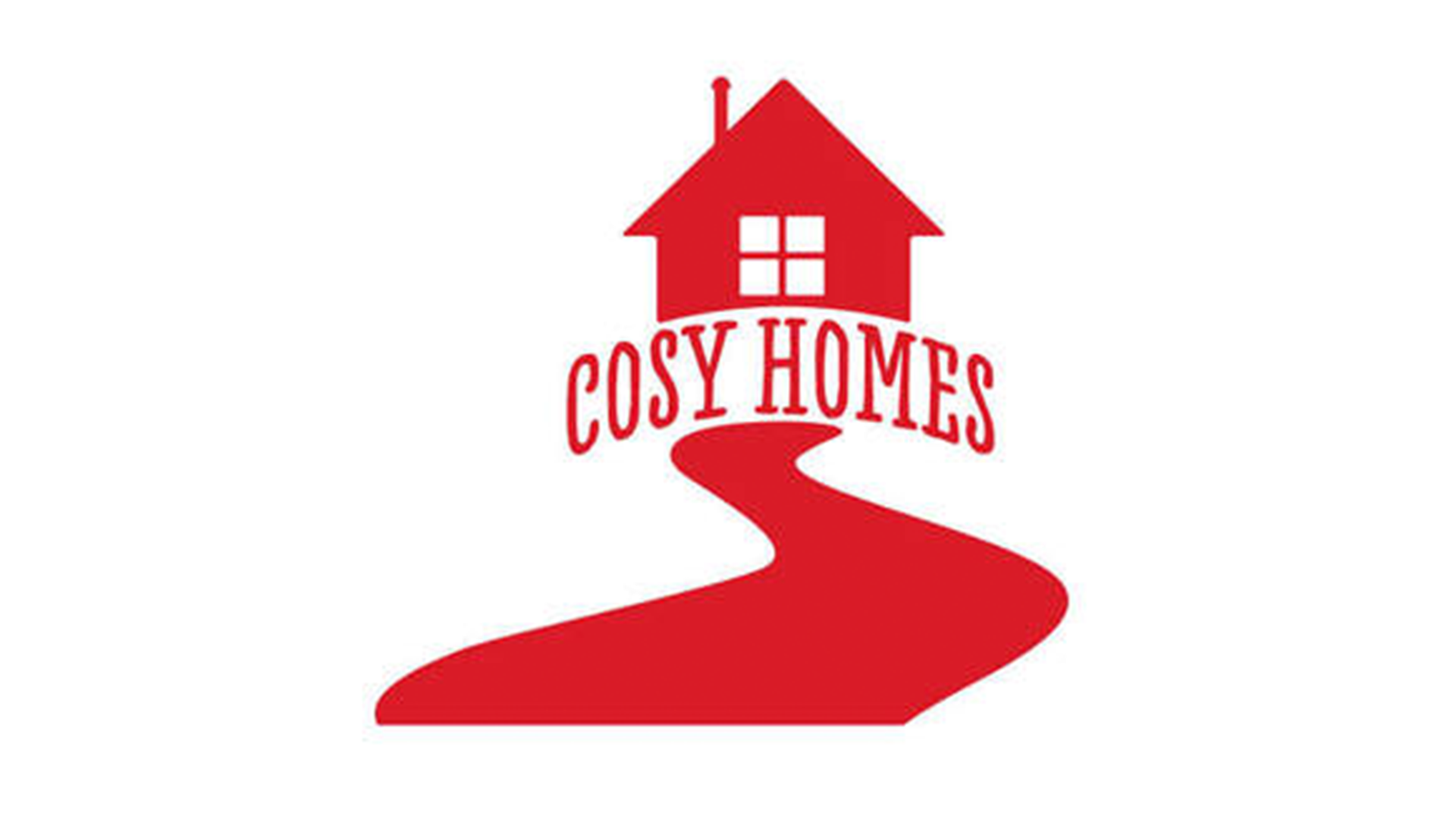 Cosy Homes Trust supports Otago residents by providing free advice, resources, and referrals to help make homes warmer, drier, and healthier. Their guidance is available online, in person, by phone, text, or email — contact them to find the support that suits you best.
Cosy Homes Trust supports Otago residents by providing free advice, resources, and referrals to help make homes warmer, drier, and healthier. Their guidance is available online, in person, by phone, text, or email — contact them to find the support that suits you best.
Cosy Homes Trust also act as a key resource for community and social workers supporting clients living in cold or unhealthy homes. They offer free healthy homes education through tailored presentations for community workers, volunteers, and other interested groups—get in touch with their Project Manager to arrange a session.
At a broader level, they help develop regional healthy homes programmes, foster collaboration among organisations in this space, and advocate for better policies, subsidies, and legislation to ensure warm, healthy housing for all.
EECA offers government-subsidised insulation and heaters to Kiwis who own and live in houses built before 2008, who also meet other eligibility criteria such as having a Community Services or SuperGold Card, or living in an area defined as low income.
EECA’s Warmer Kiwi Homes programme covers up to 80-90% of the cost for ceiling and underfloor insulation and up to 80% of the cost of heating appliances (heating appliance capped at $3,000).
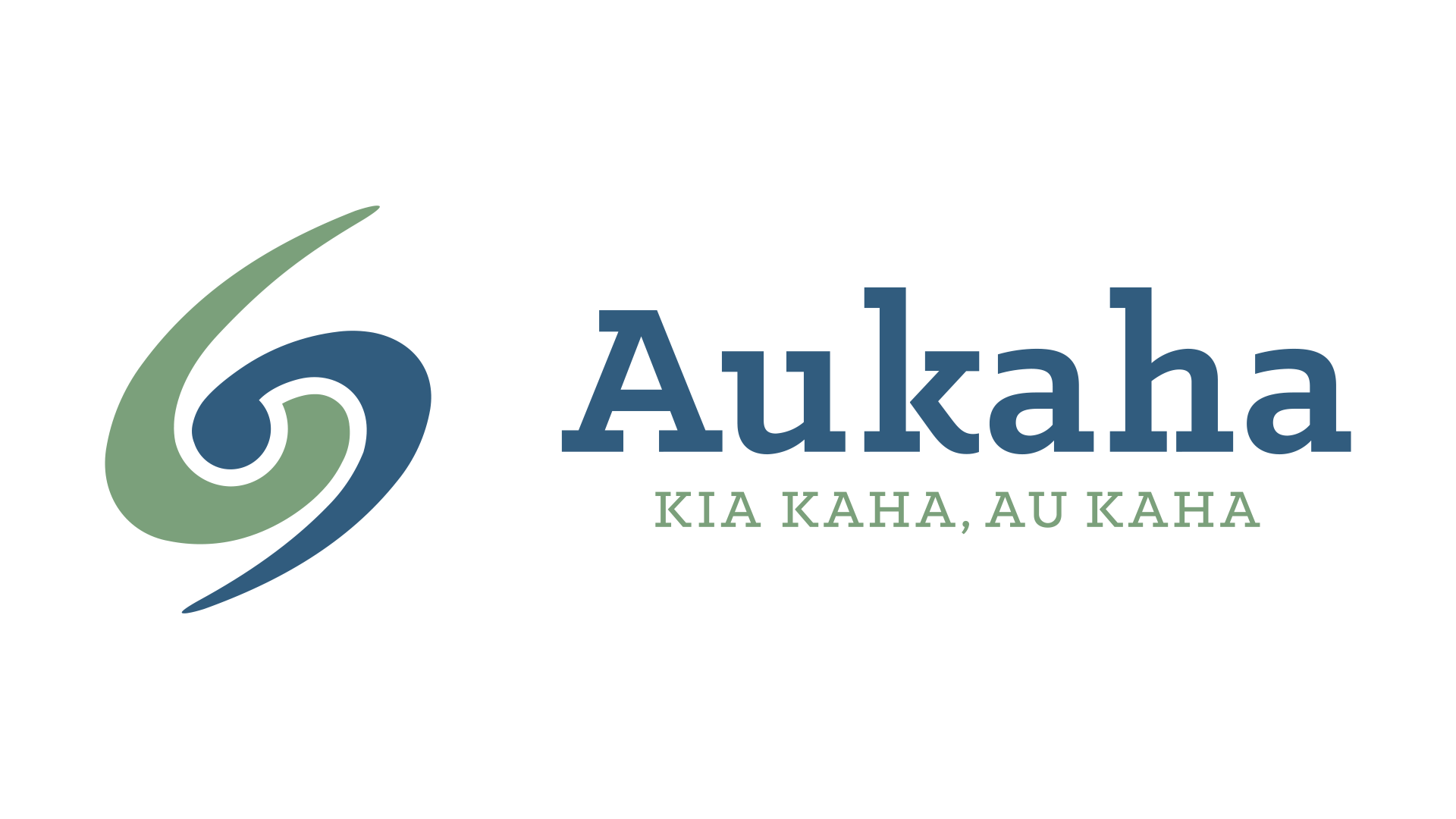 Aukaha’s Better Homes Programme is targeted at whānau with Tamariki who are getting housing-related illnesses from poor housing conditions, and also pregnant women and whānau who are experiencing overcrowding. You can be living in a private rental, community or social housing or an owner-occupied whare.
Aukaha’s Better Homes Programme is targeted at whānau with Tamariki who are getting housing-related illnesses from poor housing conditions, and also pregnant women and whānau who are experiencing overcrowding. You can be living in a private rental, community or social housing or an owner-occupied whare.
The programme provides a Home Performance Assessment with interventions like curtains, heaters, bedding, beds, mould kits, and draught stopping, and a Warmer Kiwi Homes referral for heating and/or insulation.
Aukaha also provide an Energy Wellbeing Programme (Meridian) – for Meridian and Powershop customers with low or high power bills. They do a Home Performance Assessment and can provide interventions like curtains, draught stopping, hot water cylinders, mould kits, kitchen and bathroom ventilation, heaters, and a Warmer Kiwi Homes referral for heating and/or insulation.
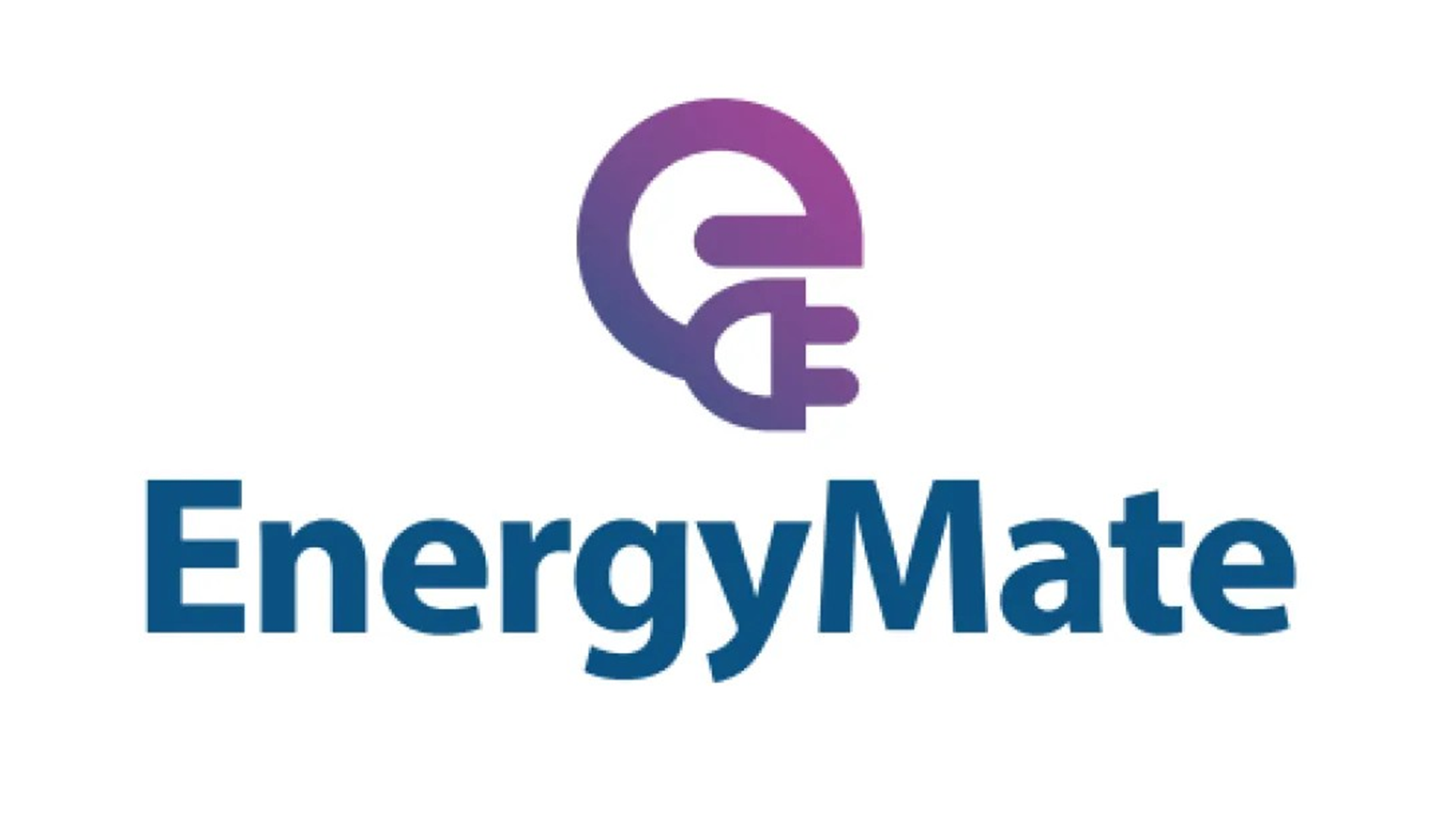 EnergyMate is here to help you make the most of your electricity and break down everything you need to know about your home and appliances, electricity use, and power bill.
EnergyMate is here to help you make the most of your electricity and break down everything you need to know about your home and appliances, electricity use, and power bill.
It's all about giving eligible households energy advice and targeted support to help whānau get the most out of their electricity. For some, that’s a reduced power bill, for others, it’s a warmer, drier, healthier home.
The service is provided by Presbyterian Support Otago and is delivered through in-home coaching, over-the-phone advice, and community hui by EnergyMate coaches.
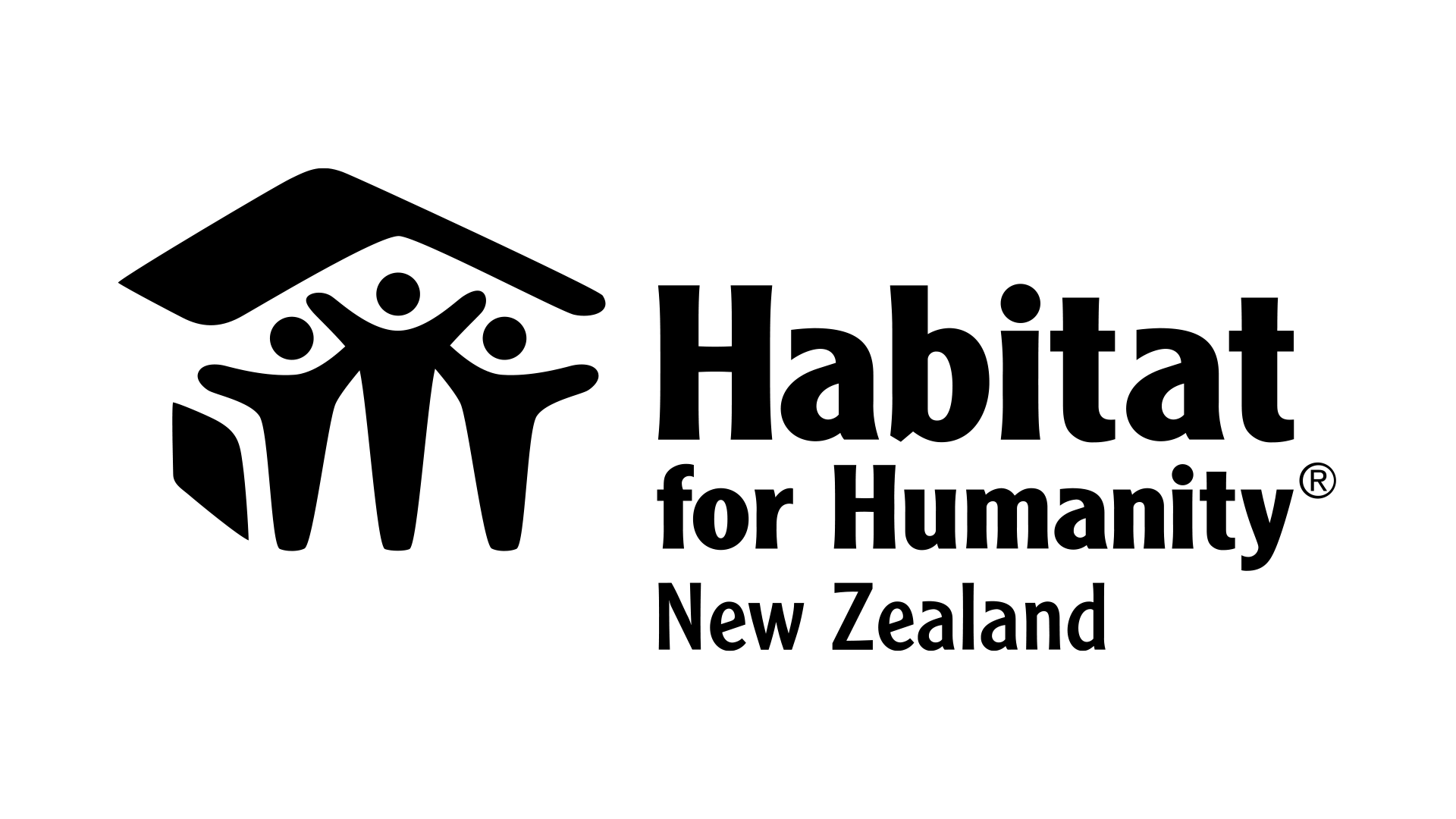 Habitat For Humanity’s Home Repair Programme helps homeowners create warmer, healthier, and safer homes by supporting essential repairs and improvements. Eligible homeowners can access interest-free loans of up to $20,000, repayable over up to five years. All loans are assessed to ensure loans are affordable.
Habitat For Humanity’s Home Repair Programme helps homeowners create warmer, healthier, and safer homes by supporting essential repairs and improvements. Eligible homeowners can access interest-free loans of up to $20,000, repayable over up to five years. All loans are assessed to ensure loans are affordable.
The projects are delivered by Habitat for Humanity in partnership with the homeowner. Common projects include installing or upgrading insulation and heating systems, roof and spouting repairs, weatherboard maintenance, window repair or replacement, and bathroom refits.
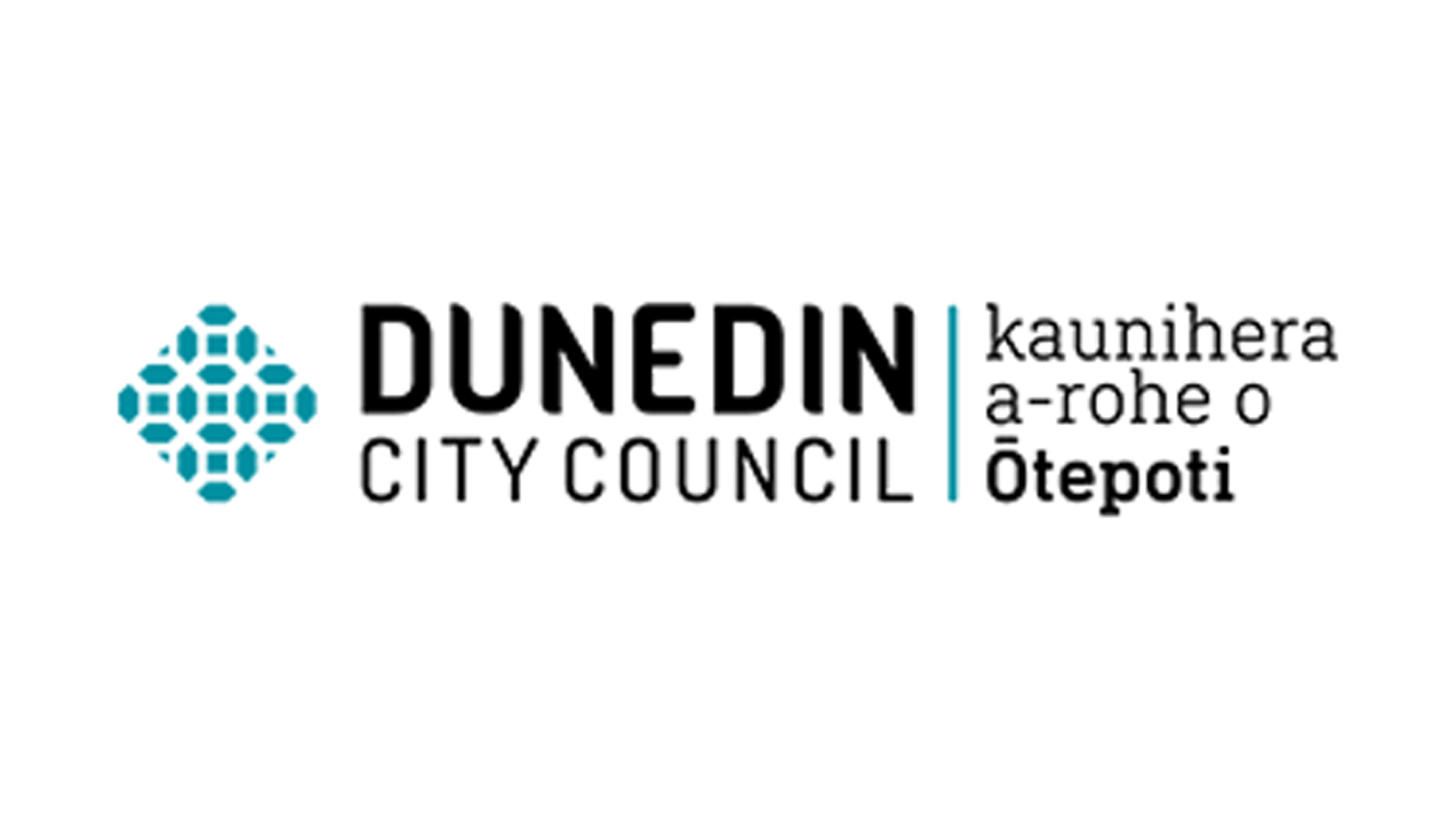 Dunedin City Council have a free eco-design consultation to help you create a warm, dry, and energy-efficient home, whether you’re building new or want to improve your existing home.
Dunedin City Council have a free eco-design consultation to help you create a warm, dry, and energy-efficient home, whether you’re building new or want to improve your existing home.
They can help homeowners, landlords or tenants, and it’s free for all Dunedin residents. DCC’s eco design consultant can come to you for a 1-2 hour consultation and offer you practical advice including no cost and low-cost options.
The advice available includes topics such as insulation and available subsidies, heating options, condensation/mould issues, saving energy (and money), reducing water use, reducing waste, renovations, and new builds.
Speak with your neighbour or contact the ORC Pollution Hotline on 0800 800 033 (24/7). We will need the address, date and time, a photo if possible and a description of your complaint.
The use of coal for domestic heating can release harmful toxins into the air, negatively affecting air quality and people's health. The rules around burning coal can get complicated - there are emission standards in the air plan, and slight variations in the rules for each area. You can read rules 16.3.1.2 and 16.3.1.4 for more information. Please know if you choose to burn coal, you are putting yourself and others at risk.
Dirty burning produces dark grey, black or brown smoke. There should be a small amount of smoke being emitted from your chimney for the first few minutes while your fire gets going. After the fire is hot there should be very little visible smoke.

Air quality and health
Exposure to air pollution has multiple negative impacts on health and is well-researched globally. In Otago, our biggest problem is particulate matter, PM10 and PM2.5

Air plans and policies
The Regional Plan: Air for Otago (the Air Plan) assists us in managing Otago's air resource.

Report air pollution
If you observe any type of air pollution in Otago, such as dust, odours, or other pollutants, please contact our Pollution Hotline at 0800 800 033 or fill in the form on our Report Pollution page. Your information is crucial in helping us maintain a cleaner environment for everyone in Otago.

